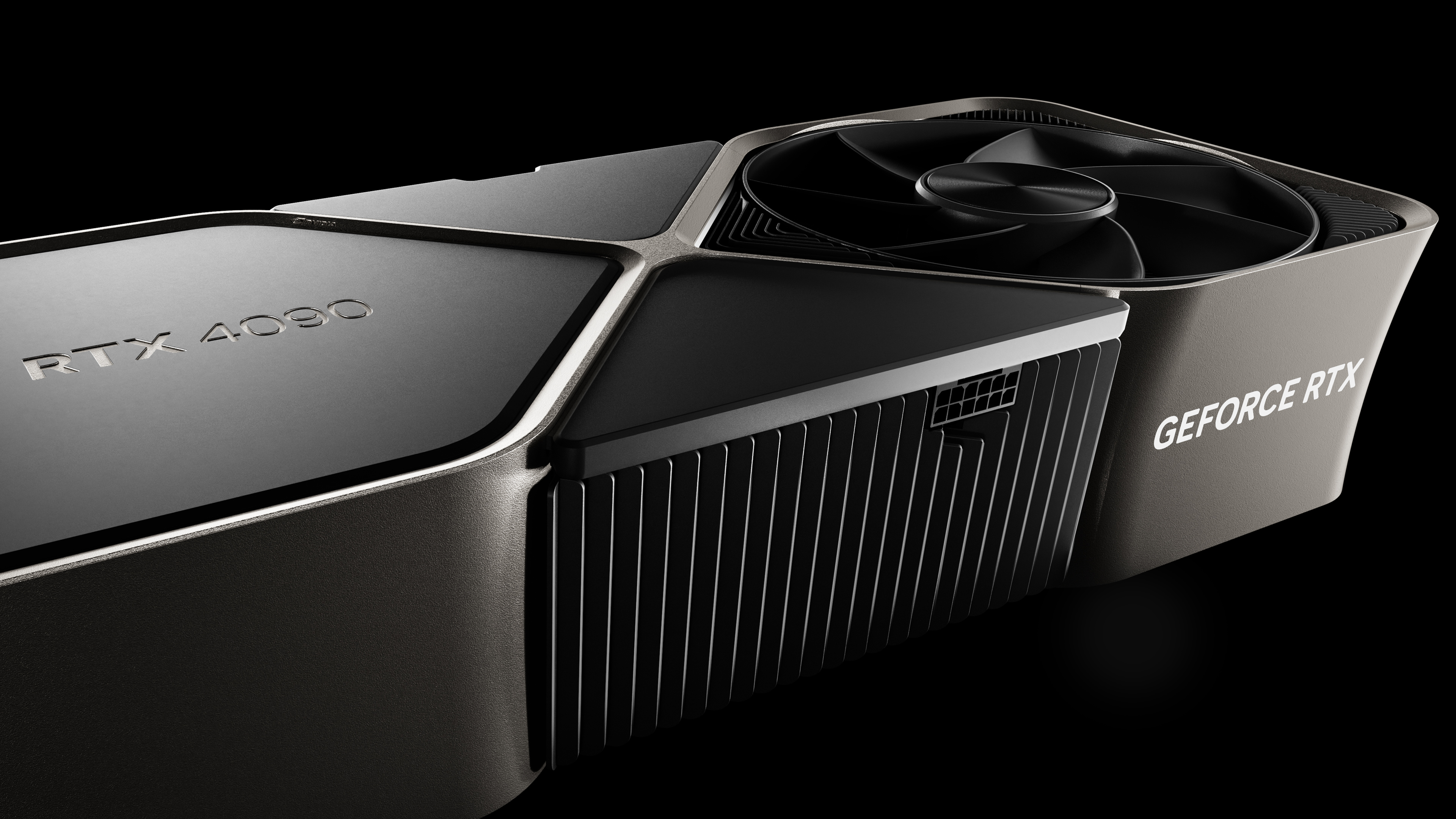GPU detectiveKopite7kimi on Xsuggests that Nvidia’s upcoming RTX 50-series “Blackwell” GB203 and new GB205 dies will feature the same memory bus widths as Nvidia’s outgoingRTX 40-seriesAD103and AD104 GPU dies — those are found in the likes of the RTX 4080 Super and theRTX 4070 Super, some of thebest graphics cards.Kopite7kimi’s latest post appears to be a confirmation of what he said a few days ago, regardingBlackwell’s memory bus sizes. Instead of widening or shortening the bus-width of its RTX 50-series GPUs, Kopite believes that Nvidia is content with the memory bus-width configurations it’s using on its RTX 40-series Ada Lovelace GPUs and will translate those to its new GPUs based on theBlackwell architecture.Kopite specifically states that at least two Blackwell’s GPUs, GB203 and GB205, will share the same memory bus widths as their predecessors. GB203 will be the direct successor to AD103 used in theRTX 4080 seriesand the RTX 4070 Ti Super featuring a 256-bit interface. GB205 is more of an oddball, since there have been no “205” class GPUs in the past, but it is rumored to be a brand new GPU model that will not directly succeed AD104. Nonetheless, Kopite believes it will sport the same memory configuration as AD104 found in the RTX 4070 series andRTX 4070 Tisporting a 192-bit interface.There’s no mention of a GB204 die, however, which would logically fall between the GB203 and GB205 in terms of specs. Perhaps Nvidia will skip that potential GPU completely, just as it didn’t have “AD105” or “GA105” GPUs for the past two generations. All of these are rumors and speculations, of course, so take everything with a healthy dose of skepticism.
Thanks as always. GB203 is 256-bit and GB205 is 192-bit.Jul 06, 2025

What does this mean in terms of real-world performance? Not much on its own. We believe Nvidia will be transitioning to the GDDR7 graphics memory standard with the RTX 50-series. GDDR7 is a brand-new standard that wasformalized by JEDEC just a week ago, featuring twice the bandwidth potential ofGDDR6X(let aloneGDDR6).GDDR7’s immense bandwidth potential will allow Nvidia to reduce/reuse its outgoing memory interfaces on its next-generation GPUs while at the same time substantially boosting bandwidth. Combined with larger L2/L3 cache sizes, that’s one reason memory interface widths have been shrinking in recent years on both Nvidia and AMD GPUs. Larger caches and newer memory technologies will enable Nvidia to reduce the bus width while increasing effective memory bandwidth.It’s also important to point out that GDDR7 opens the door to several other potential upgrades. While GDDR6 (and GDDR6X) topped out at a theoretical 32Gb capacity per chip (4GB), GDDR7 will support up to 64Gb (8GB) memory sizes. That’s probably a ways off, and most GDDR6 solutions are still using 16Gb (2GB) devices.Perhaps more importantly, GDDR7 also supports non-power-of-two capacities like 24Gb and 48Gb, and Samsung and Micron have already indicated their initial GDDR7 devices will top out at 16Gb/24Gb. The use of 24Gb (3GB) devices would mean the GB203 could support up to 24GB and GB205 could support up to 18GB, with GB206/207 supporting 12GB. That would go a long way towards alleviating concerns about VRAM capacity, even if the memory bus widths stay the same.
Get Tom’s Hardware’s best news and in-depth reviews, straight to your inbox.

Aaron Klotz is a contributing writer for Tom’s Hardware, covering news related to computer hardware such as CPUs, and graphics cards.